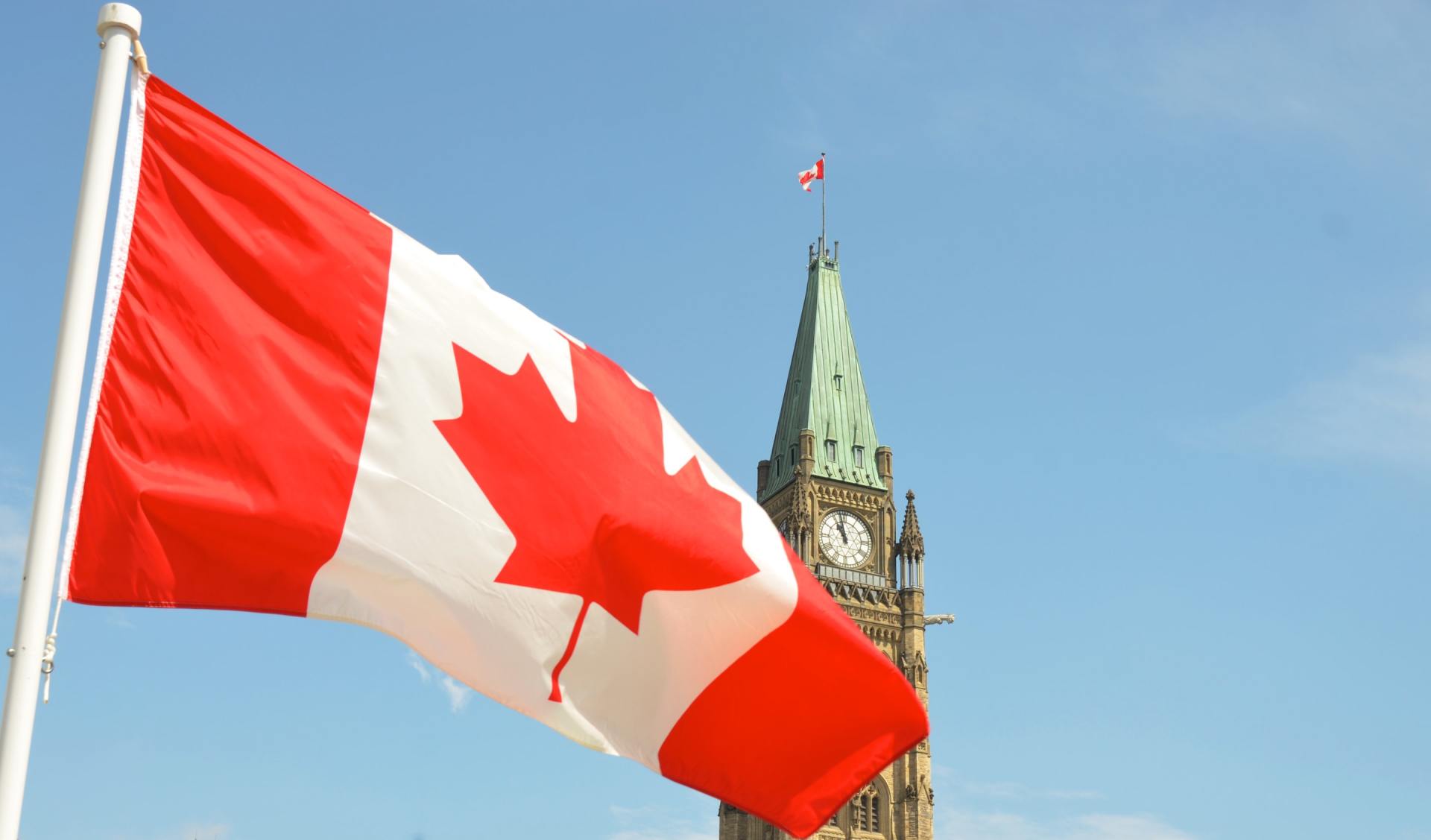4 Programs & Incentives for First Time Home Buyers
Buying your first home has never been so intimidating or expensive. The market is at an all time high, many homes are entertaining multiple offers, selling well over their asking price, and now, interest rates are beginning to rise.
If you’re looking to enter the market for the first time, you’re going to want to use every resource at your disposal, whether that’s government programs or professional guidance, or preferably both. Knowledge is power, so let’s discuss several incentives and programs available to help you reach your goals.
Available Programs
- Home Buyer’s Plan
- Home Buyer’s Amount
- Land Transfer Tax Refund
- First-Time Home Savings Account
First Time Home Buyer Definition
First, you need to clarify if you are, in fact, a First Time Home Buyer. In Canada, a First Time Home Buyer is someone who has not owned a home in the previous 4 years and has not occupied a home owned by their current spouse or common law partner. The only time this does not ring true is for the Land Transfer Tax Refund, but that will be explained further on in the article.

Home Buyer’s Plan
The Home Buyer’s Plan (HBP) allows people buying or building a home for the first time to borrow from their RRSP tax-free.
Eligibility:
- You qualify as a First Time Home Buyer as per the definition in this article.
- Must be home buyer’s Principal Residence
- Must occupy the home within a year
- Must be a Resident of Canada
Quick Facts:
- Withdraw up to $60,000 from your RRSP, tax-free for the purpose of funding a first-time home purchase
- If purchasing with another first-time home buyer, both can withdraw the same amount, for a total of $120,000 to be put towards a down payment.
- Withdrawals must be made within 30 days of the closing date on your home.
- Repayment must be made over 15 years, beginning by the second year after funds were withdrawn.
- Minimum annual repayment of 1/15th the amount borrowed
- If minimum payment is not met in any given year, the difference is added to your taxable income for the year.
- Any repayments are not tax deductible
Home Buyer’s Amount
The Home Buyer’s Amount allows people to claim up to $5,000 for the purchasing a qualifying home.
Quick Facts:
- Must submit a tax return
- Eligible homebuyers may receive a tax credit of up to $1,500
Eligibility:
- You or your spouse purchased a qualifying home.
- You or spouse did not live in another home owned by you or spouse in previous 4 years.
Land Transfer Tax Refund
A Land Transfer Tax is payment for registering your property’s title under your name. You may be eligible for a refund on this payment.
Quick Facts:
- Land Transfer tax is calculated based on the price of the property.
- The Refund is a maximum of $4,000, which would cover a house purchase of approximately $368,000. For house purchases exceeding $368,000 you will be responsible for the remaining tax payable.
- May apply for immediate refund at time of registration but must apply withing 18 months of registration.
Eligibility:
- You must be at least 18 years of age
- Must be occupied within 9 months of date of transfer
- Cannot have ever owned a home or an interest in a home anywhere in the world
- Your spouse cannot have owned a home or interest in a home while they were your spouse.
- Cannot requalify for this program, unlike some other federal programs
- The refund may be reduced if you are purchasing with someone who is not a first-time home buyer.
- If you are married/common law and one spouse has previously owned a home but not while you were spouses, the eligible spouse can receive the full refund.
- If you are not eligible spouses, and one person had previously owned a home, the eligible person can qualify for a portion of the refund, pro-rated to their share in the home.
First Home Savings Account
The First Home Savings Account (FHSA) is a proposed savings account that acts like an RRSP, specifically for those savings to purchase their first home.
Eligibility:
- You qualify as a First Time Home Buyer as per the definition in this article.
- Must be considered your principal residence within one year.
Quick Facts:
- Contributions are tax deductible, like an RRSP.
- Withdrawals, including investment income, are tax-free, like a TFSA - as long as the withdrawal is used to purchase a home.
- Your maximum tax-deductible contribution will be $8,000 per year, lifetime max of $40,000.
- Contribution room will start accruing upon account opening.
- If money in the account is not used for 15 years, the account will be closed, and funds shifted to an RRSP or withdrawal on a taxable basis.
Conclusion
As you can see, there are several programs and incentives that offer help to a First Time Home Buyer. While the overall objective is to decrease the burden of upfront cost associated with buying a home, they all work differently and have varying eligibility requirements. In addition to doing your own research, you may want to consider working with a qualified professional.
If you are feeling a bit overwhelmed by all of the programs, check out the table below for a brief summary.
| Benefit | Eligibility | The Catch | |
|---|---|---|---|
| Home Buyer’s Plan | Withdraw from RRSP tax-free to boost down payment, up to $60,000 per person. | Must occupy within 1 year | Must repay over 15 years, or pay tax on withdrawals. Repayments are not tax deductible. |
| Home Buyer’s Amount | Tax credit after purchasing first home, up to $1,500. | Must be principal residence. Must occupy within 1 year | Make sure to claim it on your tax return. |
| Land Transfer Tax | Refund on Land Transfer for first time buyers, up to $4,000. | Must occupy in 9 months. Never owned a home | May only be used once, ever. |
| First Home Savings Account | New tax-free, tax deductible savings account, deposit $8,000 annually, lifetime max $40,000. | Must occupy within 1 year | Contributions start accruing upon account opening. You have 15 years from the account opening to purchase a qualifying home. |
Have Questions?
Contact a Ward & Uptigrove Wealth Management representative
at 519-291-3040 or email info@w-u.on.ca.





